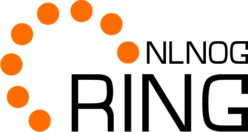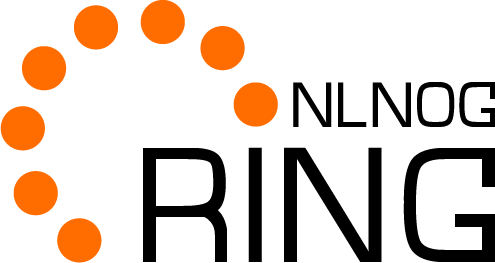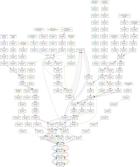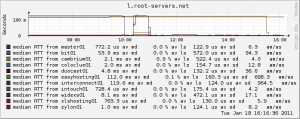NLNOG at RIPE65
Yesterday, Job Snijders presented the NLNOG RING at the RIPE 65 Plenary meeting. In his presentation he illustrated how fast the RING has grown (137 hosts in 123 networks and 27 countries at this moment) and, more importantly, how powerful the RING has become. Various tools make debugging network related problems a lot easier. In his presentation Job also demonstrated the new (currently beta) AMP tool, which can be used to detect various problems like packetloss, MTU issues and routability problems.
Job’s presentation was recorded, you can view it here. Of course, the slides are available for download as well.
If you’re interested in joining the NLNOG RING, please read the requirements on the main page and fill in the application form.
People visiting RIPE65 please visit the NLNOG RING BoF drink on Thursday at 18.00h. Location is tentatively Grand Ballroom IV-V but may change, please check the RIPE BoF page for confirmation.






